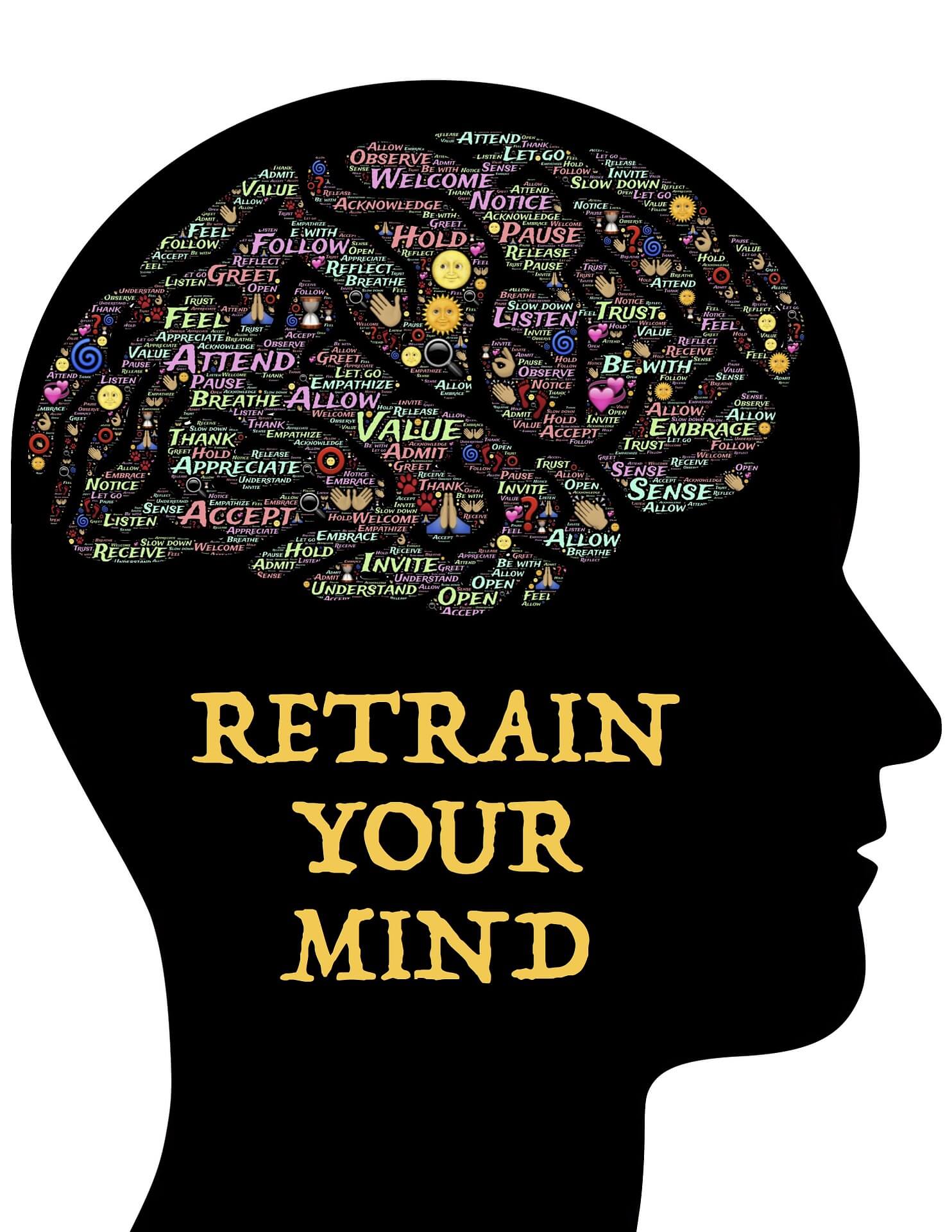
Demystifying the Creative Problem Solving (CPS) Process
Do all problems require creative problem solving?
One application of Creative problem solving is something we all do when we get to invest in a high-ticket item.
Let’s say the time has come that you must replace your car. You are spending almost as much money in maintenance as a brand-new car payment might be. How do you go about it?
We usually start with the basics: Look for cars, struggle about the right decisions and decide what to buy.
There is a better, more structured and fun way to do it and have the best results possible.
It is the Creative Problem-Solving method.
Step #1 Objective Finding: Deciding to buy a new car.
- Initial goal/ wish: We wish to find a car that satisfies our needs. Go to work every day, take trips to the beach or the mountains on weekends, go to Home Depot to buy things that need extra space to carry home. The result of this step will be to narrow the field down to possibilities that suit our price threshold, size, model criteria.
Step #2 Fact Finding: Do some fact finding to collect information and answer all the questions we have.
- Fact finding / Do your research: Visit car dealerships. Test drive cars, collect information on prices, designs, colors, fuel consumption, ease of driving, technology etc. In this step we decide what is important, what can we influence as well as what stirs our imagination and our emotions. What is exciting and has a pull on us?
Step #3 Problem Finding: Restate the problem using the newly acquired information so that we get closer to the ideal outcome. Criteria we might use here might be: Is the information important? What might make our purchase a success? Can we influence the outcome (pay for it)?
- Restating the problem: How might I find an affordable car for myself and my family? Here we create a tighter definition of the problem based on the most critical criteria for our final decision. If money is tight, the vehicle we are looking for must fit our budget while it is able to carry us, and the family given the individual and collective needs.
Step #4 Idea Finding: Generate option ideas about models that fit our needs and could potentially meet our criteria of interest, affordability and excitement. Then narrow the ideas down to the one model we want to consider.
- Generating Ideas: By exploring many possibilities and narrowing the information from 10-15 cars down to 5,4,3,2, then to 1. By generating lots of appealing possibilities in terms of makes, models, sizes, colors etc. we start to narrow down the list so that eventually we have a unique vehicle with great appeal.
Step #5 Solution Finding: Fortify the final choice by making a list of pluses. What are all the plusses about our choice? Plusses are positives about our choice now, in the present. Possibilities are plusses which might be good down the road for instance it will be comfortable in long trips and more economical to maintain. Finally, concerns might be new challenges that we need to resolve in order to take the car home.
- Developing a plan: How to resolve the concerns or new challenges? Financing, options, dealer warranty etc. Each one of these challenges must be resolved to our satisfaction with creative, new ideas in order to bring the car home. At this point we might have to go back to step #4 or step #3 for each challenge in order to come up with creative, out of the box solutions.
Step #6 Acceptance Finding: Implement the plan by bringing all the pieces of the puzzle together to allow us to take the car home.
- Implement the plan: Putting all the pieces of the puzzle together to get the car in your garage. Color, financing, maintenance, size, family approval etc., are checked and the car goes home.
